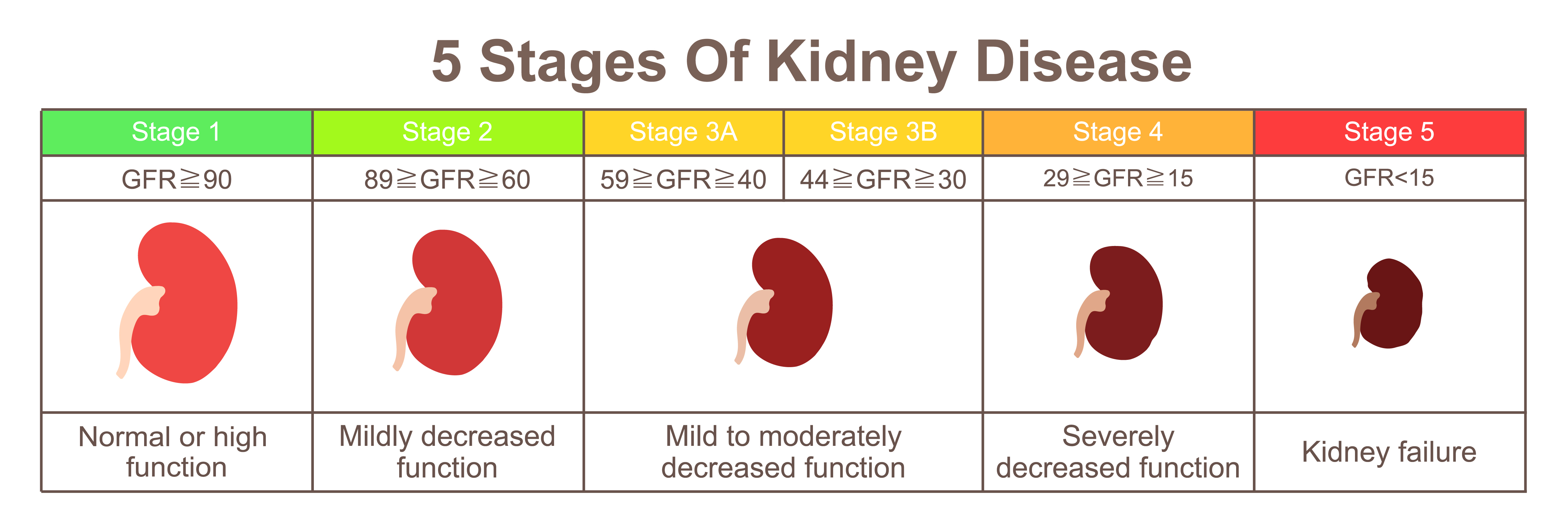Bun stands for blood urea nitrogen. Blood urea nitrogen (bun) and blood creatinine. Web this test helps indicate hydration status. Web cats' kidney disease can be staged based on their blood creatinine levels. Low levels bun is not normally low in ckd cats, but may be below normal in cats with liver disease or those who are suffering from starvation.
Blood urea nitrogen (bun) and blood creatinine. Web cats' kidney disease can be staged based on their blood creatinine levels. Bun stands for blood urea nitrogen. Levels between 1.6 and 2.8 mg/dl indicate stage ii, or mild failure. A urinalysis is also needed to complete the study of kidney function.
Web blood urea nitrogen (bun) or urea: Potassium is an electrolyte lost with vomiting, diarrhea, or excessive urination. Web this test helps indicate hydration status. Web the iris staging system begins by looking at the cat's creatinine levels. Levels between 2.8 and 5 mg/dl indicate stage iii or moderate failure, and levels over.
If your pet’s bun or creatinine level is abnormal, additional tests may be recommended to determine the cause. Web learn about the signs and stages of chronic kidney disease and how to make a cat with kidney failure more comfortable. Web blood urea nitrogen (bun) or urea: Levels between 2.8 and 5 mg/dl indicate stage iii or moderate failure, and levels over. Decreased levels can be an early indicator of kidney insufficiency. Blood urea nitrogen (bun) and blood creatinine. Findings may include palpable kidney abnormalities, evidence of weight loss, dehydration, pale mucous membranes, uremic ulcers, evidence of hypertension, i.e., retinal hemorrhages/detachment. High levels can lead to cardiac arrest. A urinalysis is also needed to complete the study of kidney function. Increased levels may indicate addison's disease, dehydration and urethral obstruction. Levels between 1.6 and 2.8 mg/dl indicate stage ii, or mild failure. Web the bun and creatinine levels can be affected by many things, including certain medications and various illnesses. Low levels bun is not normally low in ckd cats, but may be below normal in cats with liver disease or those who are suffering from starvation. Web the diagnosis of kidney failure is made by determining the level of two waste products in the blood: To diagnose stage 1 and early stage 2 ckd.
A Urinalysis Is Also Needed To Complete The Study Of Kidney Function.
Potassium is an electrolyte lost with vomiting, diarrhea, or excessive urination. Low levels bun is not normally low in ckd cats, but may be below normal in cats with liver disease or those who are suffering from starvation. Web the iris staging system begins by looking at the cat's creatinine levels. High levels can lead to cardiac arrest.
Web The Diagnosis Of Kidney Failure Is Made By Determining The Level Of Two Waste Products In The Blood:
To diagnose stage 1 and early stage 2 ckd. Web the bun and creatinine levels can be affected by many things, including certain medications and various illnesses. Web bun can also elevate in dehydrated pets and in pets with an obstructed urethra causing an inability to urinate. Web this test helps indicate hydration status.
Levels Between 1.6 And 2.8 Mg/Dl Indicate Stage Ii, Or Mild Failure.
Here are the four stages, together with my estimate of the likely percentage of function lost at each stage: Decreased levels can be an early indicator of kidney insufficiency. Findings may include palpable kidney abnormalities, evidence of weight loss, dehydration, pale mucous membranes, uremic ulcers, evidence of hypertension, i.e., retinal hemorrhages/detachment. Web the answer to both depends on the stage the disease in.
Blood Urea Nitrogen (Bun) And Blood Creatinine.
Web learn about the signs and stages of chronic kidney disease and how to make a cat with kidney failure more comfortable. If your pet’s bun or creatinine level is abnormal, additional tests may be recommended to determine the cause. Web can be normal in early stage ckd. The creatinine level in the blood test is lower than 1.6, which means that less than 66% of kidney functions have been lost.









